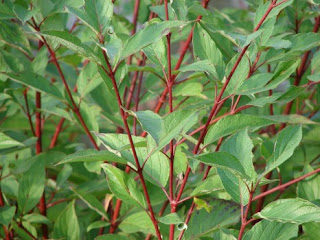 |
| After: Updated colourful garden, 2 months after installation |
 |
| Before: Original garden with lawn |
Second, for a garden to be low maintenance, it must be designed for the environment. Plants are chosen according to soil conditions, the amount of sun available, the drainage patterns, and the traffic patterns in and around the garden.
The garden pictured here is one that has evolved over its 35 years. The original garden was a developer's special: Azaleas and Junipers. The homeowners introduced various favourite plants over the years: sometimes choices were appropriate; other times not. Live and learn.
The children became adults and moved out. Then came grandchildren, so low maintenance evolved into lawn. Lawn is easy to cut, and somewhere for the kids to play. The grandchildren grew up, and the owners could no longer mow the lawn. Now they were dependent on the kindness of neighbours to keep the entrance welcoming. So the next evolution was introduced.
The advantage is that now the owners are very familiar with their garden: the soil conditions, the amount of sun available, the drainage patterns, and the traffic patterns in and around the garden. With all of this information, and a better sense of plants available, the garden is now a colourful, low maintenance garden.









































